Tunnel Vision: Cool Corridors Around the World
Some tunnels you wouldn’t want to be caught dead in with their dark and dingy feel. We have a feeling you’ll want to linger a while in these abandoned railways, wartime tunnels and glowworm caves.

Atlantic Avenue Tunnel
Many people remain in the dark about this Brooklyn corridor, built in 1844 to protect pedestrians from being hit by trains and considered the first true “subway” Some grisly things reportedly happened here, including the murder of a British contractor. Unfortunately the tunnel has been closed (most agree unfairly) by the New York Department of Transportation until further notice.

Third Tunnel of Aggression
You can not access the ground above this tunnel, as it sits in the Demilitarized Zone, or DMZ, on the border of North and South Korea. As the name implies, it’s the third of four tunnels to have been discovered by South Korea – they were most likely created by North Korea to launch attacks. You can tour the tunnel, but only up to a barbed-wire divider created to protect from North Korean assaults.
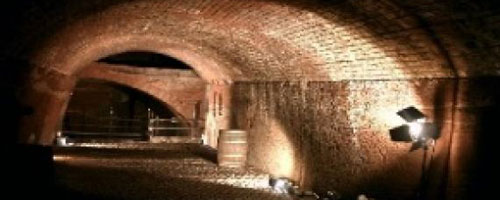
Williamson Tunnels
Wealthy Joseph Williamson built these tunnels on his Liverpool, England estate in the early 1800s for reasons still unclear. Left unfinished and in disrepair after Williamson died, they are mismatched in size, with some only 4-feet-wide and others spanning 25-feet. Excavations of the passageways continue to this day.
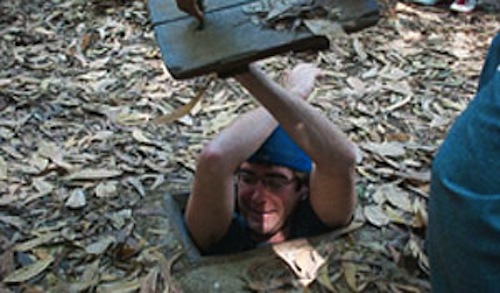
Cu Chi Tunnels
These tunnels in Ho Chi Minh City, Vietnam, give new meaning to the term “tight squeeze.” They housed Viet Cong soldiers during the Vietnam War, but they were actually built in the 1940s to help the peasants fight French occupation forces. They grew to encompass a 75-mile network of corridors, which you can access today via a tiny hidden entrance in the ground.
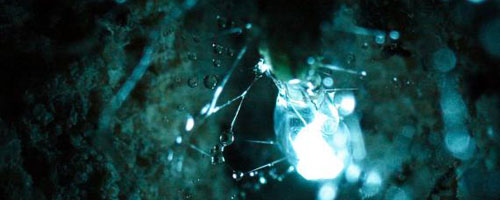
Newnes Glow Worm Tunnel
Real glowworms don’t look like that cute doll from the 1980s, but they’re still cool to see. The “worms” are technically bioluminescent larvae, and tons of them hang out in this abandoned railroad tunnel in New South Wales, Australia, lighting up once it gets dark. The worms also populate a part of Queensland and New Zealand.
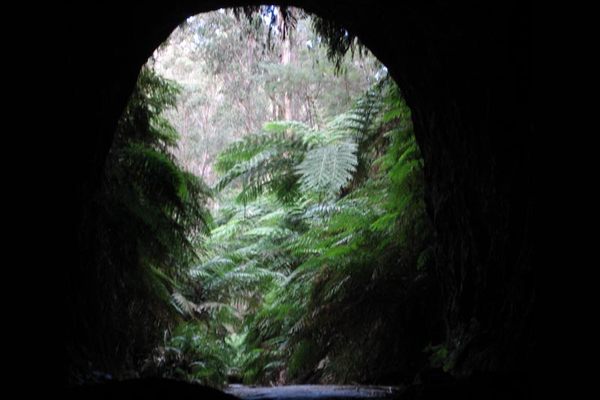

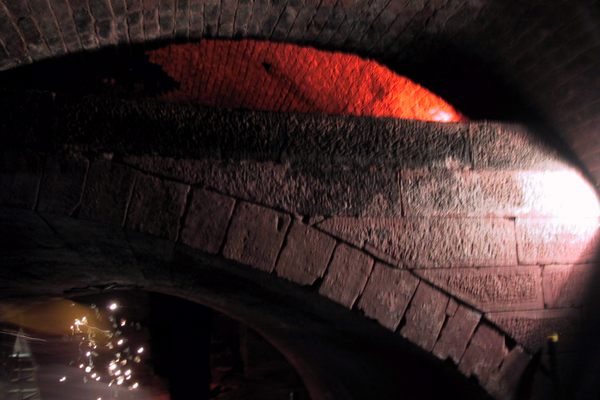




Follow us on Twitter to get the latest on the world's hidden wonders.
Like us on Facebook to get the latest on the world's hidden wonders.
Follow us on Twitter Like us on Facebook